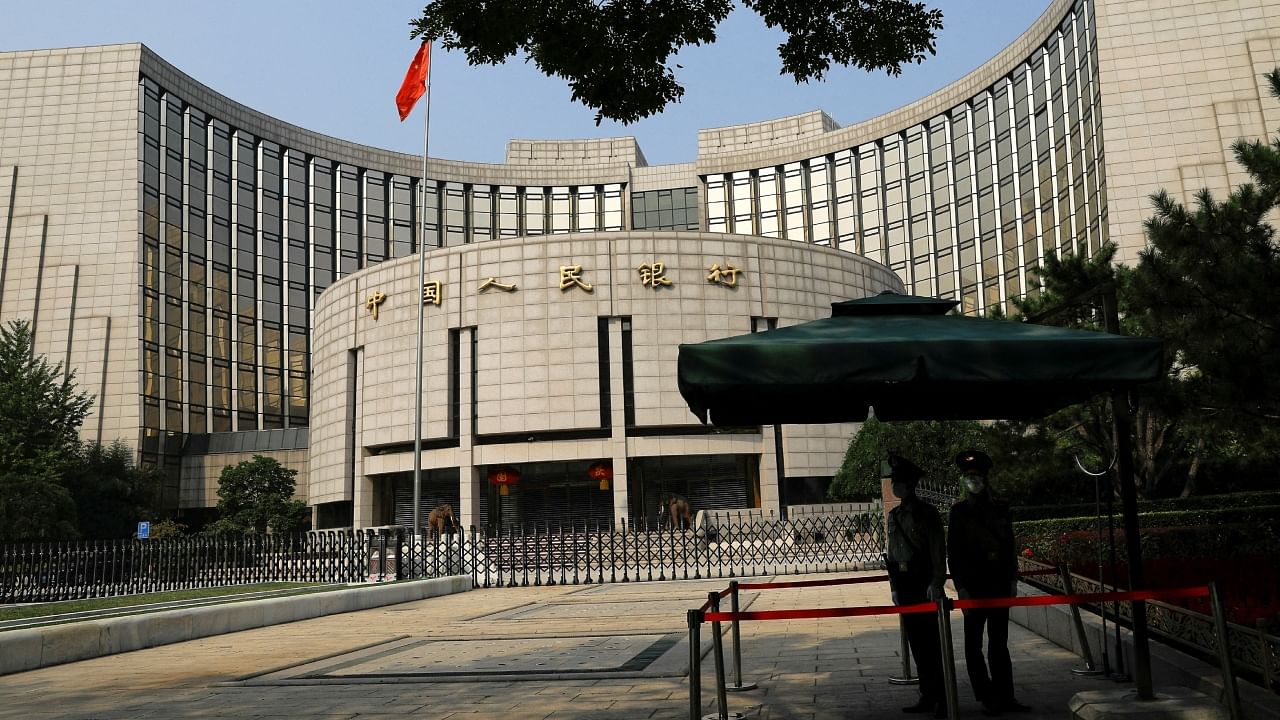
China's loans to the developing world under the ambit of the massive Belt and Road Initiative (BRI) have garnered international media attention, as well as academic scrutiny, with many scholars terming the BRI China's 'Marshall Plan', in reference to US aid extended to Western European nations in the aftermath of the 2nd World War, which shaped the world order as it exists today. However, given the often secretive and non-transparent nature of Chinese debt negotiations with BRI recipient countries - China is not a member of the Paris Club, a group of major creditor countries bound by lending transparency - it has so far been difficult to ascertain what portion of Chinese lending is directed towards debt relief for debt-distressed countries.
A new study by researchers at AidData, the World Bank, the Harvard Kennedy School, and the Kiel Institute for the World Economy, has now found that China has emerged as a lender of last resort for mostly middle-income developing countries that are having difficulty repaying their Belt and Road Initiative (BRI) debts. Since the People's Bank of China (PBOC) does not release data on borrowings under its currency swap agreements with other central banks, and Chinese state-owned banks are secretive about their role in international debt-relief, researchers were left with annual reports and financial statements of central banks that have a currency swap agreement with the PBOC as well as media reports and bank press releases.
New to the rescue game
The study found that in response to rising debt-distress in BRI recipients, China responded by pivoting away from infrastructure lending and started focusing more on liquidity support operations. When Xi Jinping launched the BRI in 2013, debt-relief was not a priority for Chinese lending. However, as it became painfully clear in the following years that even some middle-income BRI borrowers were on the verge of outright default, China sought to protect existing BRI investment projects by bailing them out: nearly 80 per cent of its emergency rescue lending was issued between 2016 and 2021. The study found that in 2010, less than 5 per cent of Beijing’s external lending supported borrowers in debt-distress, but that figure had soared to 60 per cent by 2022, meaning that almost two-thirds of Chinese lending now does not support 'hard-infrastructure' creation, a major goal for the BRI.
Not a wholesale relief shop
China's priorities are also clear: it wants to ensure that its largest BRI recipients are sufficiently liquid so that existing projects do not come to a halt, and that these countries continue servicing outstanding BRI project debts to China. The study finds that Beijing has not set up a bailout shop for all BRI borrowers in distress: it prioritizes middle-income countries, which represent 80 per cent or over $500 billion of China’s total overseas lending, offering them balance of payments (BOP) support in order to avoid or at least delay defaulting on their loans (which are in large part owed to China). In contrast, the researchers found that low-income countries saw their debt being restructured, whereby China offered them "a grace period" or an extension on their repayments, but did not give them any "new money".
Chinese relief costs a pretty penny
Researchers also found that, in emergency situations, it cost significantly more to borrow from China than it does, on average, to borrow from the IMF or Western creditors. Chinese rescue loans come with an average interest rate of about 5 per cent, as opposed to the IMF's 2 per cent. And yet, Chinese loans remain attractive. Other scholars have already established that this is, in part, due to the supposed "non-conditionality" of Chinese lending, whereby China claims that it does not "arm-twist" recipient nations into carrying out economic reforms or a broad restructuring of the economy, which is often a pre-condition imposed by the IMF in debt-relief negotiations. Western and Indian policymakers have sought to counter the attractiveness of Chinese loans by drawing recipients' attention to what they term China's 'Debt-Trap Diplomacy', whereby China is understood to perpetuate debt-distress intentionally, so that it can swap the borrower's strategic assets (such as Sri Lanka's Hambantota port) in return for writing off the country's debt.
Reshaping global financial architecture
The authors conclude the study by underscoring the impact of Chinese emergency lending by arguing that "cross-border rescue operations (have) become less institutionalized, less transparent, and more piecemeal". They also flag the issue of non-transparency in Chinese debt-negotiations by pointing out that "China has demonstrated that a major creditor country... can create a large system of cross-border rescue lending to nearly two dozen recipient countries, while at the same time keeping its bailout operations largely out of public sight". China's export of its opaque debt-relief practices, the researchers contest, is reshaping global financial architecture as we understand it.
